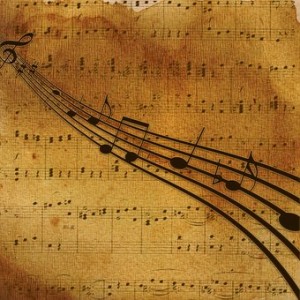A person who speaks Chinese and a person who speaks French cannot hold a conversation. Oh, with the use of hand motions, a primary form of communication might be possible; but it could hardly be called conversation. A person who only speaks Spanish cannot have a real conversation with a person who just talks any one of the Vietnamese dialects. All languages are different — all languages except music, that is. Music is the same in every language.
There are seven notes in a musical scale, and it does not matter what country you are standing in or what language you speak. There are still only seven notes in a musical scale. Granted, those seven notes might have different names in different countries; but the music is the same, and if the note is written on a musical staff, every musician plays the very same note.
Henry Wadsworth Longfellow said, “Music is the universal language of mankind.” He was right. All humans have the same well of emotions. We can all feel happy or sad — hopeless or hopeful, joyful or depressed, defeated or victorious. Moreover, the same music can evoke the same emotions in people who speak different languages. We all bleed red, and we all feel the same inside. We all understand “music” no matter what language we speak.
I cannot imagine a world without music. Sometimes music merely is background, and sometimes music is the star. However, there is always music, and it is a language that all musicians can read and “speak,” and all the rest of us understand.
Moreover, it is not only humans who understand the language of music. Music therapy has proven effective in plants and animals, too. Furthermore, it has shown that both plants and animals respond in a positive way to the sound of music.
 look inside |
The Red Sarafan for Chamber Orchestra Composed by Alexander Varlamov (1801-1848). Arranged by Lisa Lenke Sousa. 21st Century, Romantic Period, Classical Period, Folk, European. Score, Set of Parts. 34 pages. Published by Lisa Lenke Sousa (S0.298957). |
